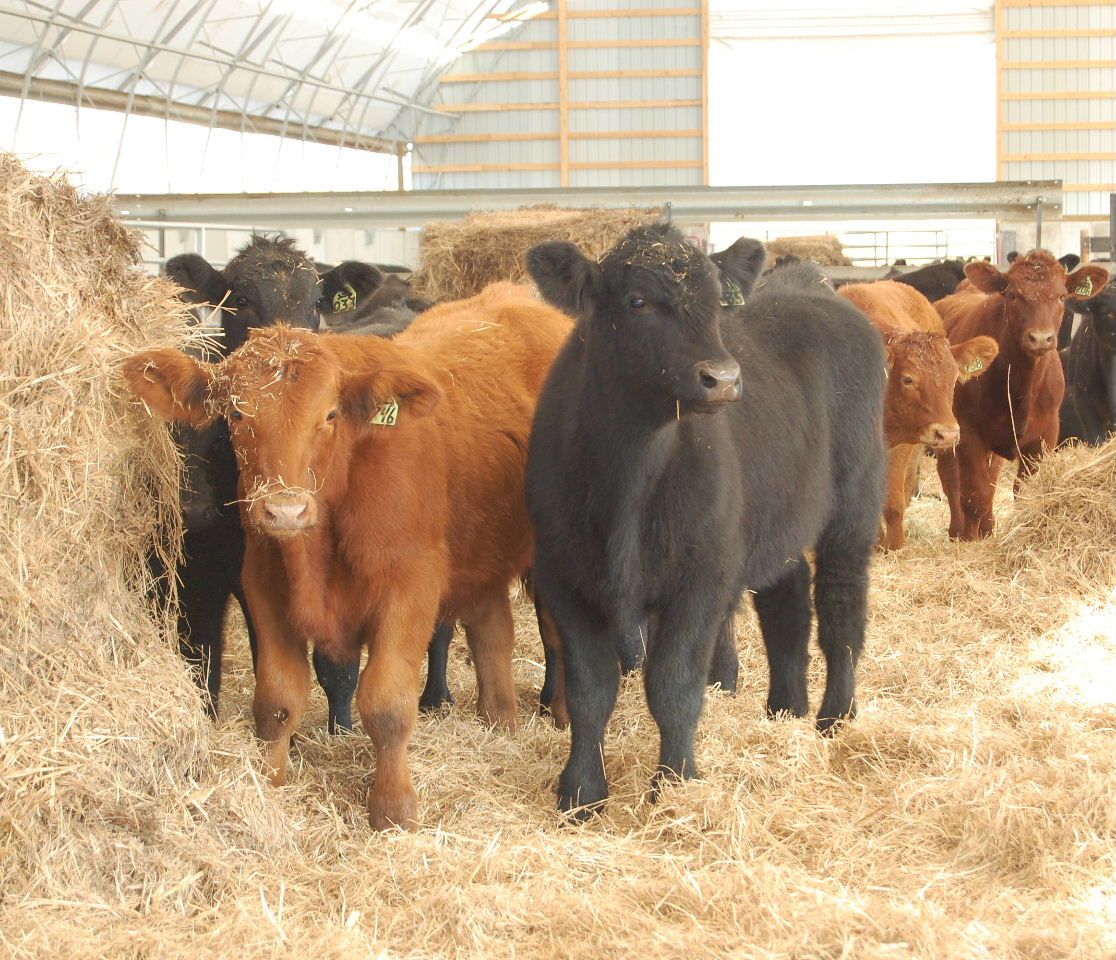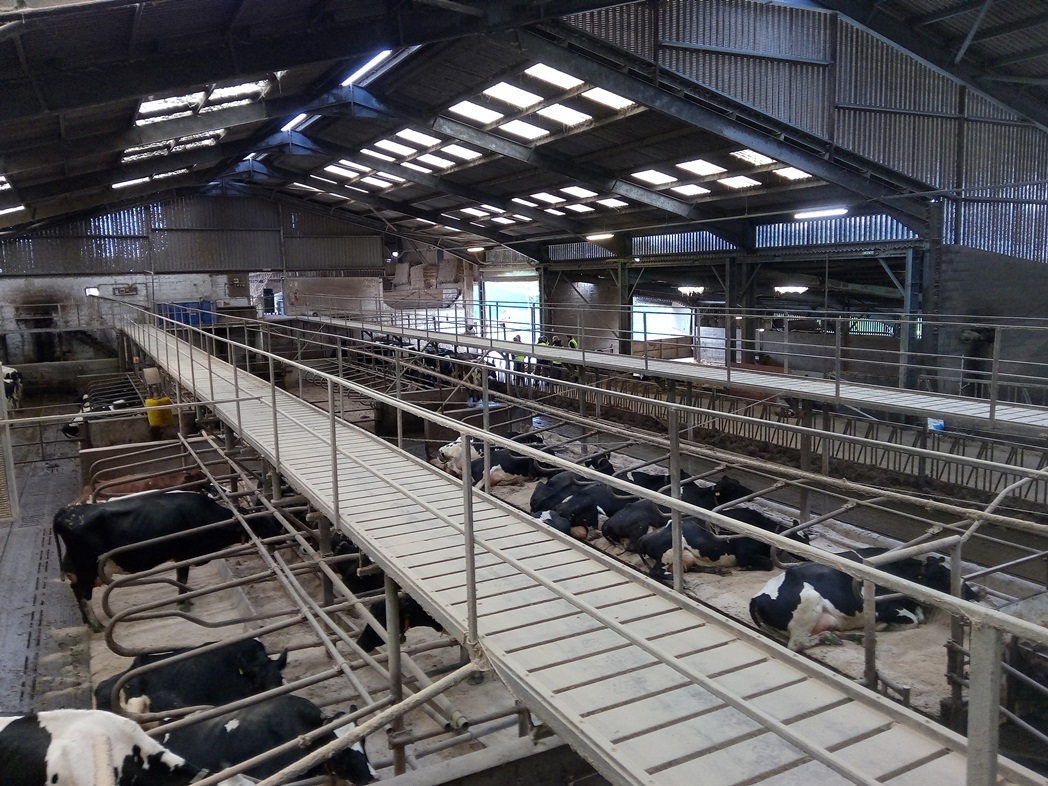Cattle Housing
Improving ventilation in cattle sheds is key to improving animal welfare and animal productivity.
Good ventilation is key in livestock buildings to reduce instance of disease such as pneumonia as well as ensuring a comfortable environment for the livestock.
Poorly ventilated buildings are often too warm, damp and have very little fresh air.
Poor ventilation is often associated with old buildings or buildings which are not being used for their intended purpose however it is often the case that even newly built accommodation can be poorly ventilation
Ventilation in cattle sheds should be designed to provide adequate ventilation even on a calm day. Effective ventilation is driven by a process known as the stack effect. This process relies on sufficient inlet and outlet for air as well as sufficient heat source within the building (the cattle). A break down in any of these three components can cause insufficient ventilation
Key Messages
- Improving ventilation in cattle sheds can lift productivity by 3-5% in beef cattle.
- Achieving good ventilation requires sufficient inlet and outlet in your building.
- Even if you don’t get clinical cases of pneumonia your ventilation may still be causing you production losses.
- Smoke pellets can be bought from a plumbers merchants to test your ventilation, smoke should be able to leave the building within 60 seconds.
- Simple calculations can be done to work out the ventilation requirements of a building. More info on these can be found in the technical note or in the videos online.
- Improving ventilation can help reduce your straw usage
Three videos, one for beef cows, calves and dairy cattle have been produced to explain the importance of ventilation, how to calculate requirements and examples of good ventilation.

Sign up to the FAS newsletter
Receive updates on news, events and publications from Scotland’s Farm Advisory Service

